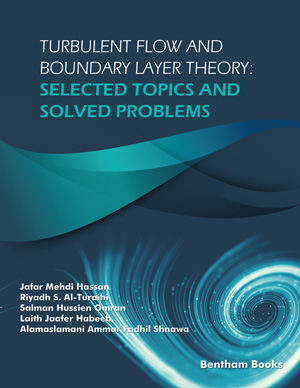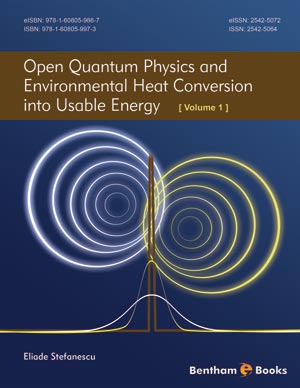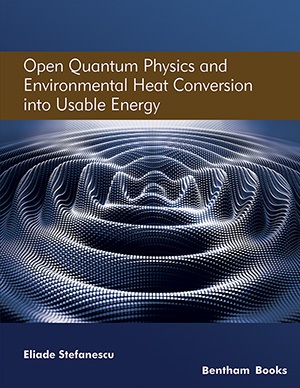Abstract
Experimental evidence has shown that the transition process in a boundary layer starts locally at a number of points, which are more or less randomly distributed in both stream wise direction near the wall in region of finite stream wise extent at some distance from the leading edge. These transitions probably occur because of local instabilities of the mean basic flow to disturbances.
In this chapter, the transition from laminar to turbulent flow zone discussed physically and theoretically. The stability of flow and their relation with disturbance of flow presented in brief way.
The boundary layer velocity profile and all the related divination are derived by assuming that the momentum thickness will remain constant across the transition position.
Finally, the methods of boundary layer control to prevent separation in order to reduce and attain nigh lift described.
Keywords: Boundary layer control, Momentum thickness, Stability of flow, Transition flow zone.













